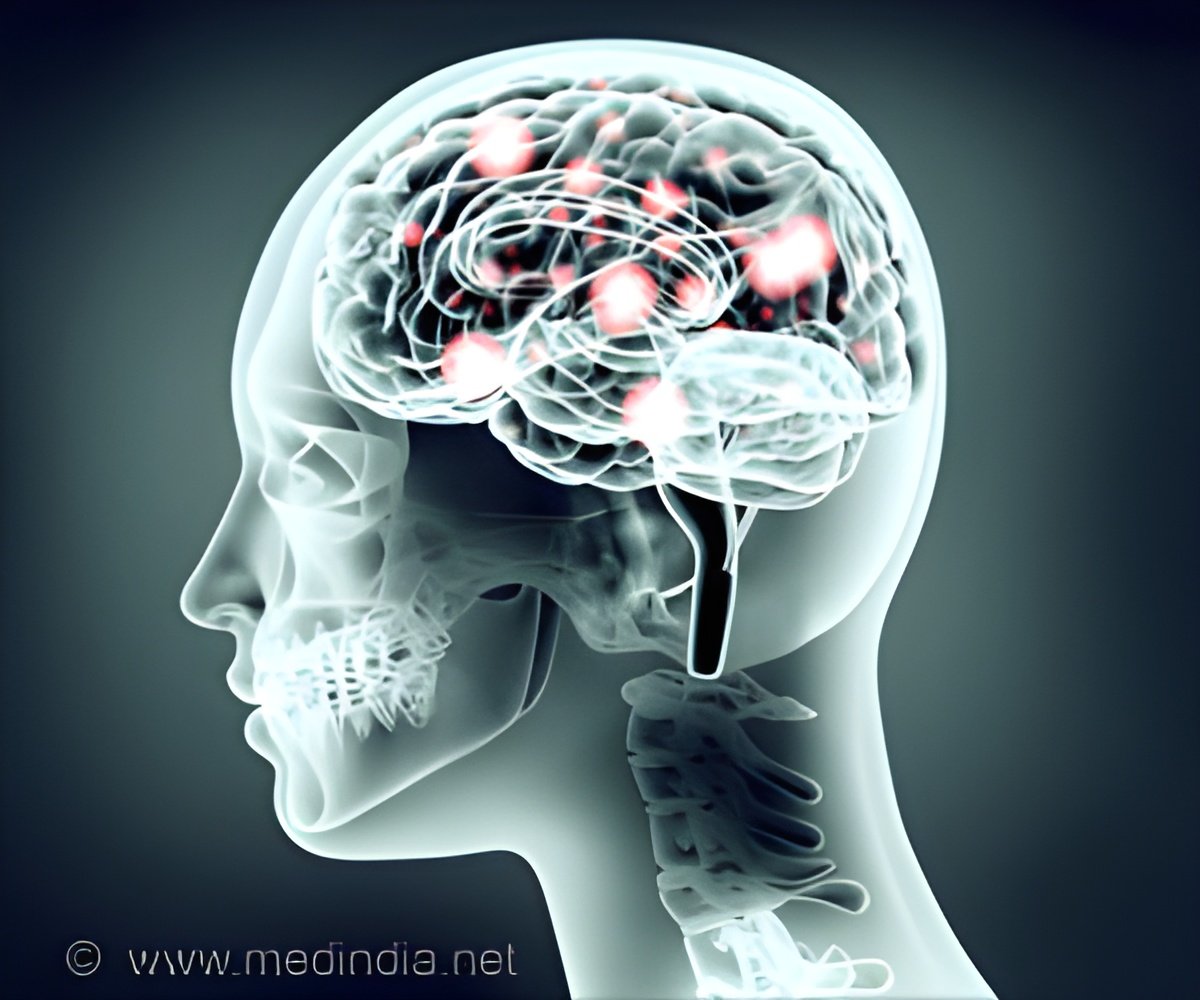
‘New study findings hold promise to design new drugs that stop disease progression of neuro degenerative disorders. They must act to decrease phosphorylation of proteins.’
Read More..Tweet it Now
It is characterized by the accumulation of phospho-tau in neurons and by the formation of protein inclusions in glial cells astrocytes or oligodendrocytes. The majority of this kind of tauopathy is spontaneous, but some of them are caused by specific mutations.Read More..
This study was led by Dr. Isidre Ferrer, from Bellvitge Biomedical Research Institute (IDIBELL), Medicine and Health Science Faculty from Barcelona University (UB) and Bellvitge Hospital (HUB), with the collaboration of Dr. José Antonio del Río from Institute for Bioengineering of Catalonia (IBEC) and Biology Faculty from UB, both of them are members of Neuroscience Institute (UBNeuro) from UB. They studied several cases of patients with kind of tauopathy, genetic or spontaneous.
Navarra Hospital also participates in these observations performing the proteomic and phosphorylation analysis.
Another relevant aspect of the study is that protein accumulation not only affects neurons, glial cells associated to them are also impaired, specifically astrocytes and oligodendrocytes. Glial cell affectation could promote the loss of some neural connections. Moreover, these inclusions can travel neuron to neuron or glial cell to glial cell, which facilitates the damage spreading to other cerebral regions. These findings provide new information for the design of new drugs that stop disease progression. Firstly, new drugs must act in other proteins apart from tau since tau is not the only protein with increased phosphorylation.
On the other hand, a new player has emerged in the scene, glial cells that not only are interfering in the cerebral damage, but they also participate in the spreading of protein inclusions. Finally, new drugs that stop cellular transmission of protein inclusions could be an interesting target for this disease.
Advertisement












